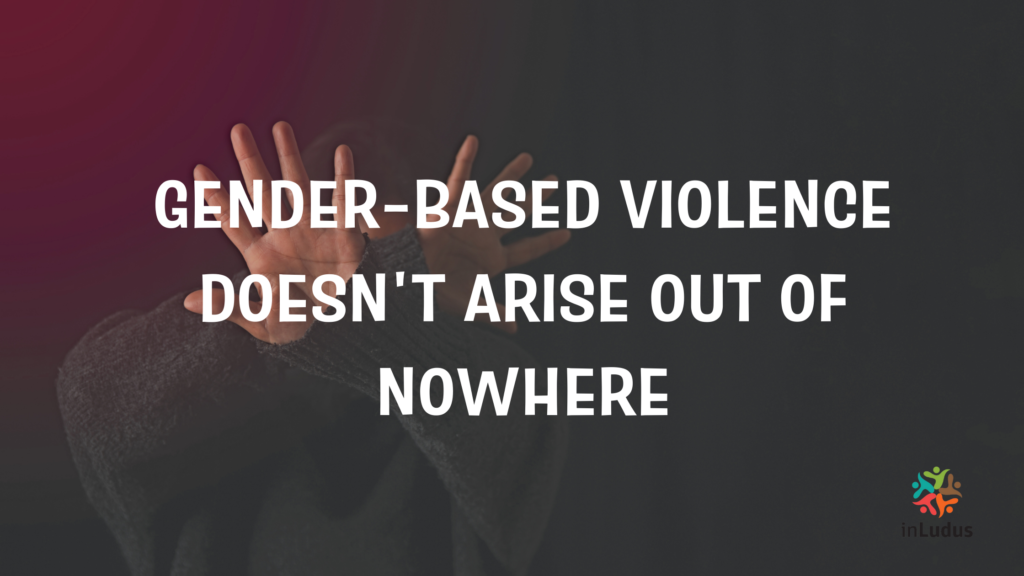⚠️12 victims in the first months of 2025 12 femicides perpetrated by ex-partners or acquaintances of the victims A terrible number for Italy.⚠️
I won’t go into details because the media has extensively explained how and where they occurred, even recounting some of the details of how the femicides occurred. I’m interested in going deeper into the reasons, because I believe it can help to work on preventing gender-based violence through education.
In the case of Mark Antony Samson (Ilaria Sula’s murderer), the reasons relate to the inability to accept a “no,” the refusal of his ex-partner to rebuild his life away from him. Stefano Argentino, a university classmate and Sara Campanella’s murderer, refused to accept a “no” even though they hadn’t started a romantic relationship. Stefano had been stalking her for some time to go out with the young woman, and when she refused, he killed her.
Two cases that are not isolated. These two young men are not monsters; they are “healthy children of the patriarchy,” who have learned through movies, TV shows, school, and society in general that women are objects to be used and discarded. Because of these men, women are not subjects of rights. They cannot and should not say “no.” They must submit to their desires.
And how does this idea come about?
The entire sociocultural system contributes to sustaining and reproducing this concept, born in ancient times but still alive today through many prejudices, stereotypes, roles, etc. Historically, patriarchy is nothing more than a system of social organization in which authority was exercised by the male head of the family, owner of the estates, which included his children, wife, slaves, and property. And although many things have changed now, the reality is that this authority is still exercised in many cases… and, obviously, it is not easy to give up privileges.
For this reason, education, in particular, becomes a fundamental tool for transformation. Not as a magic bullet, but as a powerful and profound path to dismantling patriarchal culture at its roots.
What can we do through education to prevent femicides?
👉Educate for equality from early childhood
Ideas about what a man or woman “should” do begin to form in the first years of life. If we continue to say in kindergarten that boys don’t cry and that girls are more delicate, we are already creating a dangerous difference. It is essential that at all levels of education we promote equity, challenge stereotypes, and provide space for free, empathetic, and diverse emotional expression.
👉Include Sex Education with a real and critical gender perspective
Sex education is not limited only to contraceptive methods. It is a tool for understanding respect, consent, healthy relationships, and autonomy. In many places, it is treated superficially or even avoided. It is necessary to strengthen it, train teachers, and ensure that it is transversal, ongoing, and has a gender perspective.
👉Train teachers and school teams in violence prevention
The educational system must be able to detect signs of violence and act accordingly. To achieve this, we need trained professionals with the tools to intervene, support, and prevent. This implies not only technical training but also deep internal work on one’s own prejudices and beliefs.
👉Question and review school content and materials
What stories are being told? What family patterns are being portrayed? What is the role of women and diversity in textbooks? Critically reviewing the content circulating in classrooms allows us to break with narratives that reproduce inequality, exclusion, or the naturalization of violence.
👉Create safe spaces for dialogue and reflection for students
It’s not enough to provide information; we need to give a voice. Classrooms should be spaces where we can talk about what hurts us, what bothers us, what we experience at home or on the street. Listening to young people, working in workshops, expert groups, and participatory projects is essential to raising awareness and creating support networks.
Looking the other way or thinking this is an “someone else’s” problem, means continuing to support the system that kills.
Gender violence doesn’t arise out of nowhere. It is learned. But it can also be unlearned. And here, schools, universities, and educational spaces in general have a role that they cannot and should not ignore.
Because preventing femicide doesn’t begin when the victim has already reported it—it begins before, much earlier—when we teach someone that they don’t have the right to possess another person, that love doesn’t mean controlling, that “no” is not a provocation, but a word that must be respected.
